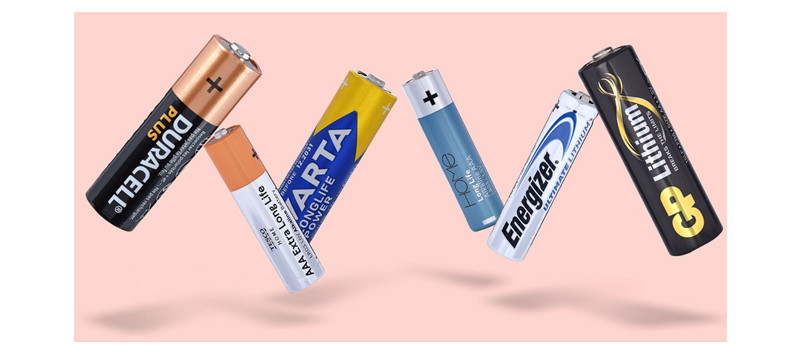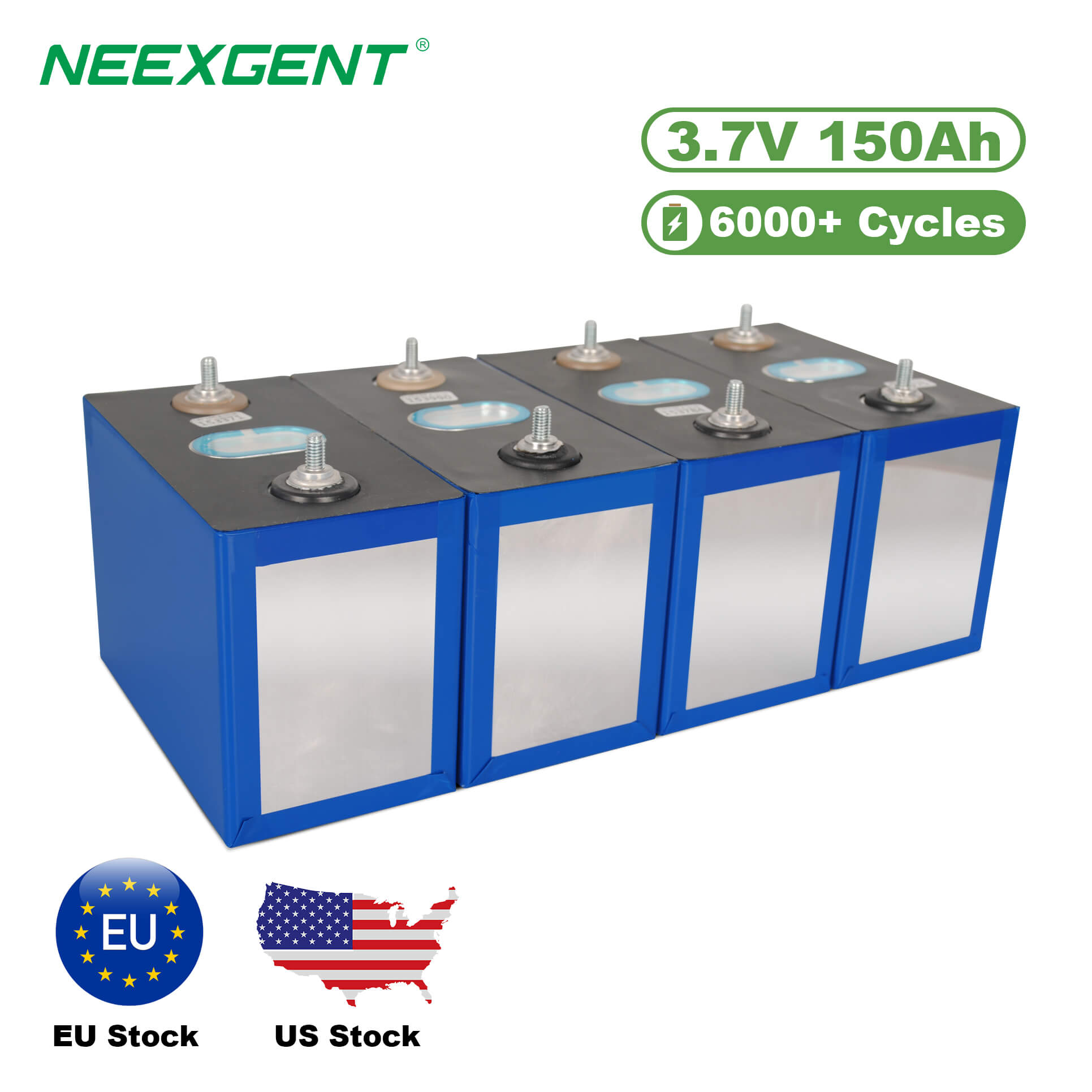Contents:
Lithium AA batteries offer superior energy density, longer lifespan, and better performance in cold environments compared to alkaline batteries. However, they are not universally suitable for all applications. Various factors such as safety risks, regulatory restrictions, device compatibility, and environmental impact limit their usage. Below are detailed explanations of situations where lithium AA batteries should not be used.

1. High-Temperature Environments
Lithium AA batteries are sensitive to high temperatures. When exposed to excessive heat, these batteries can experience thermal runaway, a chain reaction where increased temperature leads to internal chemical breakdown, further raising the temperature. This can cause:
-
Battery swelling or leakage – leading to potential damage to electronic devices.
-
Explosion risk – extreme overheating may cause the battery to catch fire or explode.
-
Decreased lifespan – even if no visible damage occurs, prolonged exposure to high temperatures degrades battery performance over time.
Examples of High-Temperature Environments:
-
Outdoor security cameras – direct sunlight exposure can heat up the battery compartment.
-
Industrial machinery – equipment operating in hot environments (e.g., metalworking factories).
-
Automobile accessories – lithium AA batteries in dashboard-mounted devices may overheat in hot climates.
For such applications, heat-resistant battery chemistries, such as nickel-metal hydride (NiMH) or lithium iron phosphate (LiFePO4), are recommended.
2. Life-Support and Critical Medical Devices
Lithium AA batteries are generally not approved for use in medical devices that require continuous, highly reliable power. The primary concerns include:
-
Inconsistent voltage output – some lithium AA batteries provide a slightly higher voltage than alkaline batteries, which can interfere with medical devices.
-
Risk of sudden failure – unlike medical-grade batteries designed for extended stability, standard lithium AA batteries may experience unpredictable failures.
-
Regulatory restrictions – government agencies such as the FDA (U.S.) and MHRA (UK) mandate strict battery requirements for life-support devices.
Examples of Affected Devices:
-
Pacemakers – require specially designed long-life lithium batteries.
-
Defibrillators – depend on reliable, instant power without fluctuations.
-
Hearing aids – most require zinc-air batteries or rechargeable lithium-ion cells rather than standard lithium AA.
For medical applications, certified medical-grade batteries with stable chemistries should always be used.
3. Devices Designed for Alkaline Batteries
Many electronic devices are engineered specifically for alkaline AA batteries, which provide a gradual voltage drop as they discharge. In contrast, lithium AA batteries maintain a higher, more consistent voltage before dropping suddenly. This difference can lead to:
-
Circuit board damage – some older devices cannot handle the higher voltage of lithium AA batteries (1.7V vs. 1.5V).
-
Malfunctioning battery indicators – many devices estimate battery life based on voltage drop, which does not occur in lithium batteries in the same way.
-
Device failure or reduced performance – particularly in legacy electronics where components are designed with alkaline chemistry in mind.
Examples of Affected Devices:
-
Portable radios – voltage-sensitive components may not function correctly.
-
Certain clocks and remotes – designed around the discharge curve of alkaline batteries.
-
Smoke detectors – some models require alkaline or lithium 9V batteries instead of lithium AA.
Before using lithium AA batteries in these devices, check the manufacturer’s specifications to ensure compatibility.
4. Aviation and Air Travel Restrictions
Due to the fire risk posed by lithium batteries, airlines have imposed strict regulations on their transportation. The primary risks include:
-
Thermal runaway leading to fire – even small lithium batteries can ignite if damaged or improperly stored.
-
Prohibited in checked luggage – loose lithium AA batteries must be carried in carry-on baggage.
-
Quantity limitations – large numbers of lithium batteries may require special permits or packaging.
Regulatory Restrictions:
-
International Air Transport Association (IATA) – restricts loose lithium batteries in checked baggage.
-
FAA (U.S.) Regulations – prohibit damaged or defective lithium batteries on aircraft.
-
European Aviation Safety Agency (EASA) – mandates carrying spare lithium batteries in hand luggage.
Precautions When Traveling with Lithium AA Batteries:
✅ Carry batteries in original packaging or a protective case.
✅ Ensure battery terminals are covered to prevent short circuits.
❌ Avoid carrying large quantities without checking airline regulations.
5. Military and Government Equipment
Some military and government applications impose restrictions on lithium AA batteries due to:
-
Electromagnetic interference (EMI) – certain lithium batteries generate EMI that can interfere with military communication systems.
-
Operational security concerns – lithium batteries in tracking devices could pose a security risk.
-
Durability issues in extreme environments – military-grade batteries often require ruggedized casings and enhanced chemical stability.
Examples of Restricted Applications:
-
Tactical radios – military versions use proprietary battery chemistries.
-
Encrypted communication devices – security protocols may ban lithium AA batteries.
-
GPS tracking in classified missions – lithium battery emissions may be detectable.
For military applications, custom-engineered lithium batteries or advanced rechargeable solutions are preferred.
6. Children's Toys and Low-Drain Devices
While lithium AA batteries offer long life, they are not always safe or necessary for children's toys or low-drain devices. The risks include:
-
Overheating and leakage – children's toys often experience rough handling, increasing the chance of battery punctures.
-
Higher cost without significant benefits – lithium batteries offer long shelf life, but many toys do not require such extended power.
-
Small parts hazard – some lithium batteries have protective casings that can break under pressure.
Examples of Affected Devices:
-
Remote-controlled cars – may require NiMH or rechargeable lithium-ion packs.
-
Basic LED flashlights – do not benefit significantly from lithium AA batteries.
-
Battery-powered musical toys – often optimized for alkaline battery use.
For children’s toys, alkaline or NiMH rechargeable batteries are generally safer and more cost-effective.
7. Waste Disposal and Recycling Regulations
Lithium batteries contain hazardous materials that require specialized recycling processes. Many regions impose strict rules on their disposal to prevent environmental pollution and fire hazards.
Common Regulations on Lithium Battery Disposal:
-
European Union (EU) Battery Directive – mandates proper collection and recycling of lithium batteries.
-
U.S. Environmental Protection Agency (EPA) – classifies lithium batteries as hazardous waste.
-
China’s Waste Battery Recycling Laws – require designated drop-off points for disposal.
Safe Disposal and Recycling Tips:
✅ Use official battery recycling centers instead of throwing batteries in household waste.
✅ Store used batteries safely until they can be properly recycled.
✅ Check local regulations before disposing of lithium batteries.
By understanding these restrictions, users can make informed decisions about when and where to use lithium AA batteries. Although they provide excellent performance in many applications, they are not always the best choice for every scenario.
FAQs






